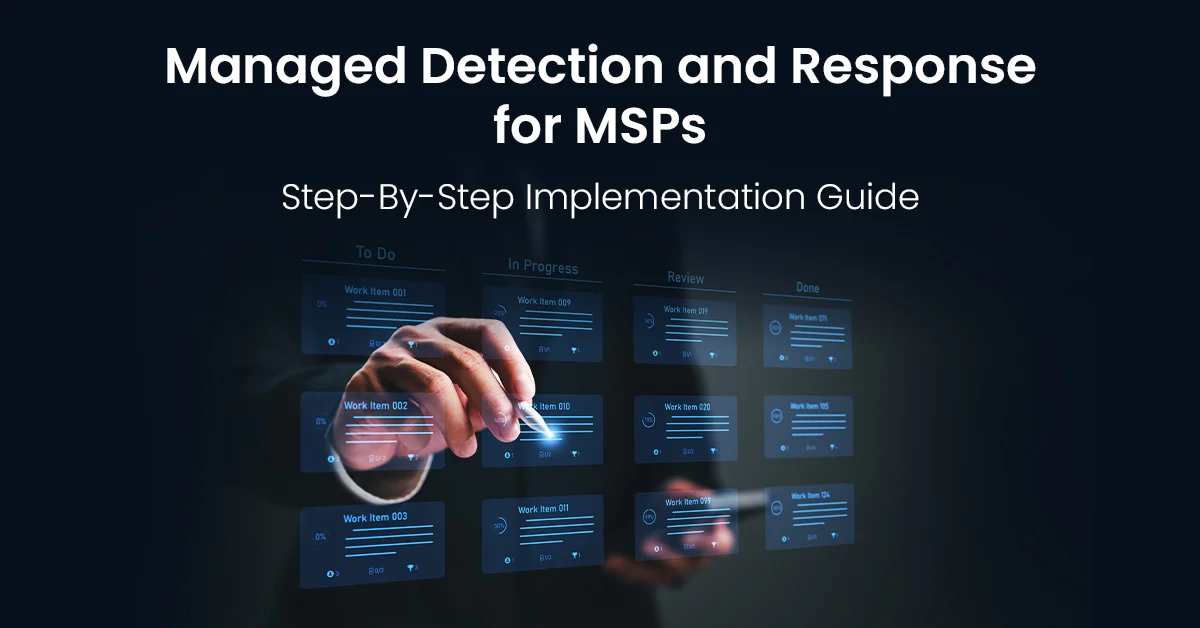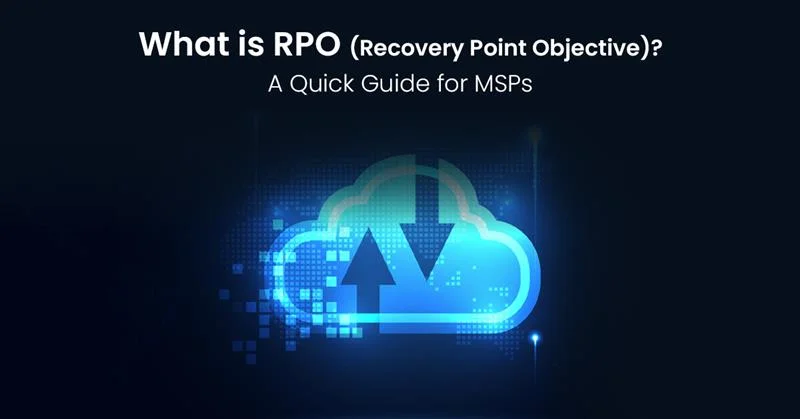A few weeks ago at Build IT Live, we decided to invite the Navy SEALs to teach our attendees about leadership skills. The United States military is the largest organization that focuses on leadership growth within its ranks, so we thought, why not bring in the SEAL team to help us improve teamwork? The SEALs never know what they will face when sent out on a mission; all they know is that their country needs them. They go in with blind faith in their leadership and work together as a collaborative team.
Loyalty and trust are key.
We decided to conduct this boot camp, and I know that many of our peers felt some form of fear. They were apprehensive about doing 300 burpees or squats, and the pull-up bar seemed daunting (don’t worry, I had them bring in boxes for people to stand on—just in case 😊). It’s true that we all have some fear when we think something is too difficult. But that wasn’t the purpose of the SEAL team training. We didn’t care how many push-ups you could do; what the entire team learned was how to work together.
As leaders, we don’t always know what life will throw at us. You never know when a cybersecurity incident will occur and how your leadership team and engineers will respond. What you can do is develop a team that faces challenges together. Here are some practical lessons we learned during this boot camp:
- The Importance of the TEAM: They began by identifying one leader for each team. It was that individual’s responsibility to ensure that the team left for the mission and returned as one unit. They would count how many people were on their team before they left, making sure everyone came back together. You could not move forward unless your entire team was present.
- LISTENING is Key: Two individuals were assigned as the commanders of the units. They took all directions from the Navy SEAL group and relayed them to the individual units. It was their responsibility to ensure everyone was accounted for and that orders were followed.
- Situational Awareness: Sometimes the SEALs would covertly remove one team member and hide them to test the leaders’ situational awareness. Did they have everyone with them? What happened to that person?
- Adaptability: In the middle of a squat challenge, you might suddenly have to switch to push-ups or skip a run. In many situations, they don’t know what will happen next, so adaptability is crucial.
- Identifying Strengths: The goal of each segment wasn’t for every individual to complete 300 squats; it was to identify the unique strengths of each team member. Maybe everyone did 10 squats, and suddenly you’ve accomplished 300. Or perhaps some members could do more. The key was knowing who was strong in what areas and capitalizing on those strengths.
- Stamina: There was a one-mile run, and participants could walk or run—whatever suited them. The important thing was to finish. I loved seeing one of our teams, they all left together in a straight line, pacing themselves and ensuring nobody was left behind. They not only departed together but returned as one team.
It was amazing to witness the camaraderie that developed among these individuals. Most of them didn’t know each other; they were simply MSP owners from around the country working with ITBD. But during this training session, they learned to become better leaders. They recognized the importance of tracking their team, identifying unique abilities, selecting the right leaders, being adaptable when things change, and maintaining situational awareness. They thought they were just going to get a tough workout, but little did they know they would walk away as better leaders.








